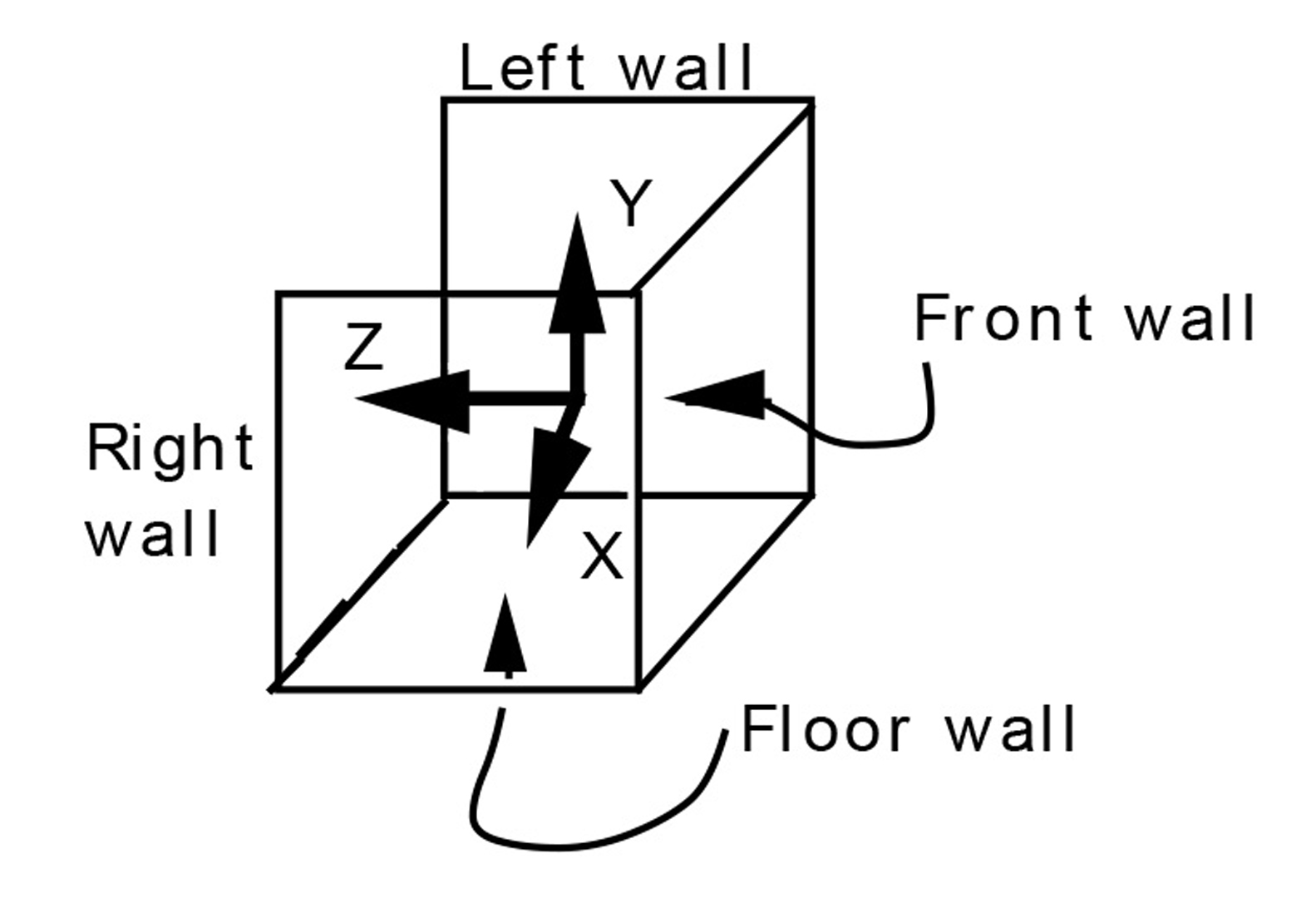“Surround-screen projection-based virtual reality: the design and implementation of the CAVE” by Cruz-Neira, Sandin and DeFanti
Conference:
Type(s):
Title:
- Surround-screen projection-based virtual reality: the design and implementation of the CAVE
Presenter(s)/Author(s):
Abstract:
This paper describes the CAVE (CAVE Automatic Virtual Environment) virtual reality/scientific visualization system in detail and demonstrates that projection technology applied to virtual-reality goals achieves a system that matches the quality of workstation screens in terms of resolution, color, and flicker-free stereo. In addition, this format helps reduce the effect of common tracking and system latency errors. The off-axis perspective projection techniques we use are shown to be simple and straightforward. Our techniques for doing multi-screen stereo vision are enumerated, and design barriers, past and current, are described. Advantages and disadvantages of the projection paradigm are discussed, with an analysis of the effect of tracking noise and delay on the user. Successive refinement, a necessary tool for scientific visualization, is developed in the virtual reality context. The use of the CAVE as a one-to-many presentation device at SIGGRAPH ’92 and Supercomputing ’92 for computational science data is also mentioned.
References:
1. Bishop, G., Fuchs, H., et al. Research Directions in Virtual Environments. Computer Graphics, Vol. 26, 3, Aug. 1992, pp. 153–177.
2. Brooks, F.P. Grasping Reality Through Illusion: Interactive Graphics serving Science. Proc. SIGCHI ‘ 88, May 1988, pp. 1-11.
3. Cruz-Neira, C., Sandin, D.J., DeFanti, T.A., Kenyon, R., and Hart, J.C. The CAVE, Audio Visual Experience Automatic Virtual Environment. Communications of the ACM, June 1992, pp. 64-72.
4. Codella, C., Jalili, R., Koved, L., Lewis, B., Ling, D.T., Lipscomb, J.S., Rabenhorst, D., Wang, C.P., Norton, A., Sweeny, P., and Turk, G. Interactive simulation in a multi-person virtual world. ACM Human Factors in Computing Systems, CHI ’92 Conf., May 1992, pp. 329- 334.
5. Chung, J.C., Harris et al. Exploring Virtual Worlds with Head-Mounted Displays. Proc. SPIE, Vol. 1083-05, Feb.1990, pp. 42-52.
6. Deering, M. High Resolution Virtual Reality. Computer Graphics, Vol. 26, 2, July 1992, pp. 195-201.
7. Fisher, S. The AMES Virtual Environment Workstation (VIEW). SIGGRAPH ’89, Course #29 Notes, Aug. 1989.
8. Max, N. SIGGRAPH’84 Call for Omnimax Films. Computer Graphics, Vol 16, 4, Dec. 1982, pp. 208-214.
9. McDowall, I.E., Bolas, M., Pieper, S., Fisher, S.S. and Humphries, J. Implementation and Integration of a Counterbalanced CRT-based Stereoscopic Display for Interactive Viewpoint Control in Virtual Environments Applications. Proc. SPIE, Vol. 1256-16.
10. Plato. The Republic. The Academy, Athens, c.375 BC.
11. Rheingold, H. Virtual Reality. Summit, New York, 1991.
12. Sutherland, I.E. The Ultimate Display. Proc. IFIP 65, 2, pp. 506-508,582-583.
13. Teitel, M.A. The Eyephone: A Head-Mounted Stereo Display. Proc. SPIE, Vo1.1256-20, Feb. 1990, pp. 168- 171.
14. Graphics Library Programming Guide. Silicon Graphics, Inc. 1991.





